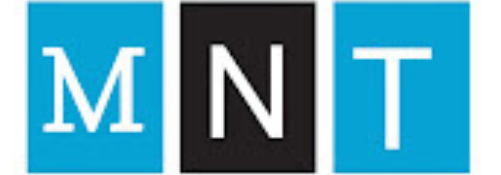Navigating WordPress involves understanding its interface and knowing where to find the tools and settings you need to manage your website effectively. Here’s a comprehensive guide to navigating WordPress, covering its main components and features:
Dashboard
The WordPress Dashboard is the first screen you see when you log into the admin area of your website. It provides an overview of your site’s activities and offers quick access to various management functions.
- At a Glance: Displays a summary of your site’s content, such as the number of posts, pages, and comments.
- Activity: Shows recent activity on your site, including recent posts and comments.
- Quick Draft: Allows you to quickly write and save a draft of a post.
- WordPress News: Displays the latest news from the WordPress community.
Posts
This section is where you manage your blog posts.
- All Posts: Lists all your posts. You can edit, delete, or view any post from here.
- Add New: Allows you to create a new post.
- Categories: Lets you manage post categories, which help organize your content.
- Tags: Lets you manage post tags, another way to categorize and organize your content.
Media
The Media Library is where all your uploaded images, videos, and other media files are stored.
- Library: Displays all your media files. You can edit or delete files from here.
- Add New: Allows you to upload new media files.
Pages
This section is similar to Posts but is used for managing static pages.
- All Pages: Lists all your pages. You can edit, delete, or view any page from here.
- Add New: Allows you to create a new page.
Comments
This is where you manage comments left by visitors on your posts and pages.
- Comments: Lists all comments. You can approve, reply, edit, mark as spam, or delete comments.
Appearance
The Appearance section allows you to control how your site looks.
- Themes: Lets you install, preview, and activate themes.
- Customize: Opens the WordPress Customizer, where you can make changes to your theme and see a live preview.
- Widgets: Lets you manage widgets, which are small blocks that perform specific functions and can be added to your site’s sidebars or other widget-ready areas.
- Menus: Allows you to create and manage navigation menus.
- Theme File Editor: Lets you directly edit the theme files (only recommended for advanced users).
Plugins
Plugins extend the functionality of your WordPress site.
- Installed Plugins: Lists all installed plugins. You can activate, deactivate, or delete plugins from here.
- Add New: Allows you to search for, upload, and install new plugins.
- Plugin File Editor: Lets you directly edit the plugin files (only recommended for advanced users).
Users
This section is for managing user accounts and their roles.
- All Users: Lists all users registered on your site. You can edit user profiles and change roles.
- Add New: Allows you to create a new user account.
- Profile: Lets you edit your own profile, including changing your password and personal information.
Tools
The Tools section includes various tools to help you manage your site.
- Available Tools: Lists available tools you can use.
- Import: Allows you to import content from other platforms or WordPress installations.
- Export: Lets you export your WordPress content.
- Site Health: Provides information about the health of your site, including any issues and recommended improvements.
- Export Personal Data: Lets you export personal data of users, as required by GDPR.
- Erase Personal Data: Allows you to erase personal data of users, as required by GDPR.
Settings
The Settings section allows you to configure various aspects of your WordPress site.
- General: Lets you set the site title, tagline, URL, email address, and other general settings.
- Writing: Allows you to configure writing settings, such as the default post category and format.
- Reading: Lets you configure how your site’s front page displays and the number of posts to show.
- Discussion: Allows you to manage comment settings and other discussion-related options.
- Media: Lets you configure settings for image sizes and media uploads.
- Permalinks: Allows you to set the URL structure for your posts and pages.
- Privacy: Lets you set a privacy policy page and manage privacy-related settings.
Additional Sections
Depending on the plugins and themes you have installed, you may see additional sections in your WordPress admin menu. These sections are added by the plugins and themes to provide additional functionality and settings.
By familiarizing yourself with these sections and their functions, you can efficiently navigate WordPress and manage your website effectively. Whether you’re creating content, customizing the appearance, installing plugins, or managing users, understanding the layout and navigation of WordPress will help you make the most of this powerful platform.
